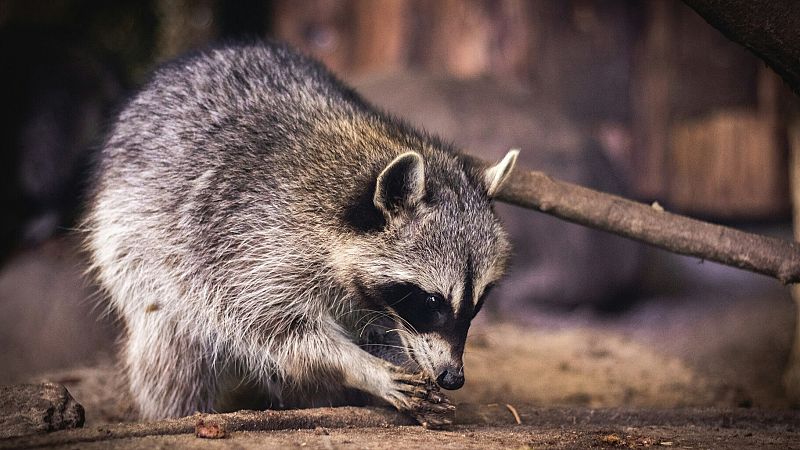
Once seen as endearing additions to European wildlife, North American raccoons have become a serious threat to Germany’s ecosystem. Now, scientists are pushing back against popular myths that paint the invasive predator in a sympathetic light.
A new paper from Frankfurt-based scientists, published in Ecological Indicators, calls for urgent action. The authors argue that raccoons are wreaking havoc on native flora and fauna, and that misinformation is fuelling the problem.
Up to two million raccoons are now estimated to be in Germany, a population surge that has occurred despite animal control efforts. In urban areas like Kassel, which has one of the highest raccoon densities in Europe, there are more than 100 of the mostly nocturnal creatures per 100 hectares. That’s roughly one per football pitch.
Researchers say this explosion has triggered alarming losses among local species.
Raccoons, they warn, are not opportunistic scavengers, as they are often portrayed, but rather effective predators. They raid nests, destroy clutches of eggs and young animals and exhibit what the scientists call a “hunting frenzy” in sensitive habitats.
Emotional myths hinder urgent action
Led by researchers from Goethe University, the Senckenberg Biodiversity and Climate Research Center, the study set out to identify the different stages of the raccoon infestation in Germany in order to apply the finding to other invasive species in Europe.
“We are documenting a dramatic decline in sensitive species in areas with high raccoon densities,” says Dr Norbert Peter, who leads ZOWIAC (Zoonotic and Wildlife Ecological Impacts of Invasive Carnivores), the joint project that spearheaded this research.
The raccoon’s rapid spread, they found, has been accompanied by persistent misinformation, ranging from false claims that hunting makes them reproduce faster to unsupported ideas about their social structure.
According to the authors, many of these narratives are rooted in outdated or misapplied studies. Many of them began in North America and followed the raccoons overseas.
“These myths have real-world consequences,” warns Dr Dorian Dörge, the project’s scientific coordinator. “They prevent necessary protective measures and thereby endanger already threatened native species.”
Perceptions also play a powerful role. Research shows that raccoons’ photogenic faces and playful behaviour contribute to a strong emotional bias among the public, one that can stifle science-based conservation efforts. And other approaches, such as sterilisation, are considered unfeasible, if not illegal under EU rules on managing invasive alien species.
To reverse the damage, the researchers are calling for coordinated control plans, including increased hunting in sensitive areas, federal funding and improved public education.
“We must implement the legal requirements for species protection consistently,” says Professor Sven Klimpel, lead author of the study, “and not let them be overridden by sympathy for charismatic animals.”
Invasive species threaten biodiversity across Europe
Germany’s raccoons are not the continent’s only invaders.
The EU is facing a growing number of invasive alien species, from algae and poisonous fish that now populate the Mediterranean to so-called murder hornets.
More than 12,000 alien species are present in Europe today, according to the European Commission. As many as 15 per cent are considered invasive. Nearly 90 of them are designated as ‘of Union concern,’ meaning member states are legally required to prevent their introduction, monitor their spread and control or eradicate them.
In Europe, recent outbreaks include the Asian hornet, which has spread rapidly from France to as far away as Slovakia. Meanwhile, 900 invasive species pose threats to biodiversity in Mediterranean waters. Efforts to convert consumers into culinary enthusiasts of species such as pufferfish have had halting success.
These unwelcome creatures cost the EU an estimated €12 billion per year, according to the Commission. Globally, invasive species cost economies almost €400 billion.
Much like the raccoons, some might not seem invasive, either. For example, the African sacred ibis – a bird revered in ancient Egypt – is now setting off alarms among European officials. The bird has spread rapidly in northern Italy, preying on amphibians as well as the eggs and chicks of other species, such as tern and heron.
As both cases show, combating invasive species requires a multi-pronged approach. One that can be as much about confronting misconceptions as managing ecosystems.







